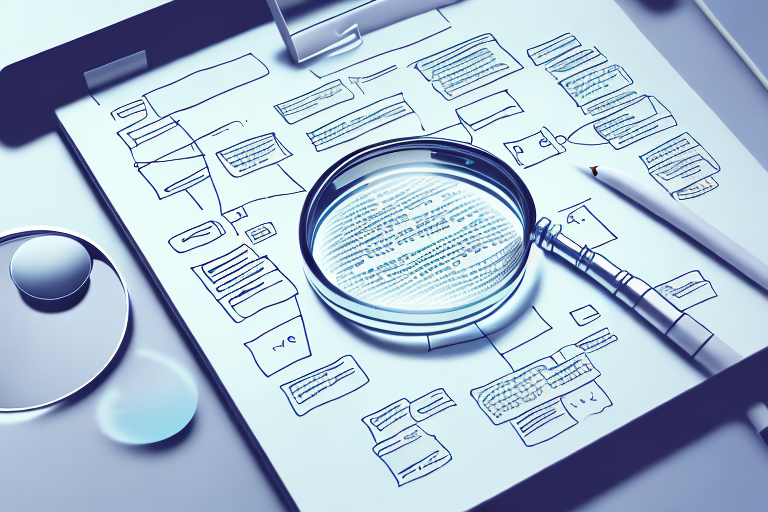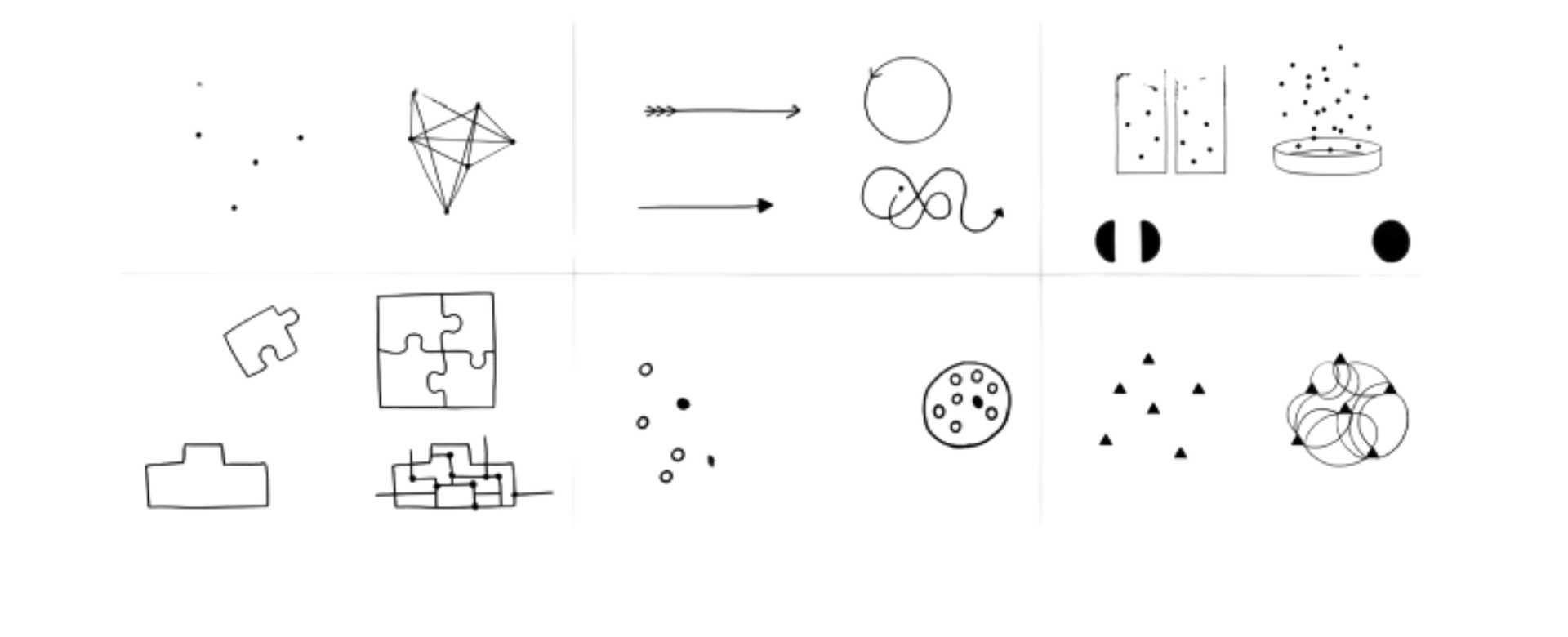User research & feedback platforms for Product Manager

User research is an important aspect of product design and development. It involves understanding the needs, wants and preferences of users to ensure that the product meets their needs and expectations. User research also involves gathering feedback from users, analyzing user data, creating user personas, and developing strategies for gathering relevant data. This article will discuss the benefits of user research, types of user research, how to integrate user research into design processes, and how to apply insights from user research.
Understanding Your Audience
The first step in any user research process is to understand your audience. Who are they? What are their needs and wants? What are their expectations? What do they value? Knowing these details is essential for designing solutions that meet the needs of the target audience. Knowing the audience also helps to identify which type of user research is most suitable for the project at hand.
It is important to consider the demographics of the audience, such as age, gender, location, and income level. This information can help to determine the best way to reach the target audience and the type of language and visuals that will be most effective. Additionally, understanding the audience’s motivations and goals can help to create a more personalized experience that resonates with the user.

Become a Product Manager
Learn from top industry experts, get access to 1 year placement support and transition into product management at India's top tech companies.
Benefits of User Research
User research has many benefits, including gaining insights into user behavior, understanding user needs and preferences, developing solutions that are tailored to user needs, and improving the overall user experience. With user research, businesses can make informed decisions about product design and development by gathering data from actual users. This helps to ensure that the final product meets the needs and expectations of the target audience.
User research can also help to identify potential problems with a product before it is released, allowing businesses to make changes and improvements before the product is launched. Additionally, user research can provide valuable feedback on existing products, allowing businesses to make changes and improvements to existing products to better meet user needs. By understanding user needs and preferences, businesses can create products that are more likely to be successful in the marketplace.
Types of User Research
There are many types of user research methods, including usability testing, interviews, surveys, focus groups, customer journey mapping, field studies, and contextual inquiry. Each method has its own advantages and disadvantages, and should be selected based on the specific needs of the project. For example, usability testing is well suited for evaluating existing products or services, while interviews are more suitable for exploring user needs and preferences.
When selecting a user research method, it is important to consider the resources available, the timeline of the project, and the goals of the research. For example, if the goal is to gain a deep understanding of user behavior, a field study may be the best option. On the other hand, if the goal is to quickly gather feedback on a prototype, a survey may be the most efficient choice.
Gathering User Feedback
Gathering feedback from actual users is an important part of any user research process. Feedback can be gathered through surveys, interviews, focus groups, customer journey mapping, field studies, or contextual inquiry. This feedback can then be used to develop strategies for gathering relevant data and improving the user experience.
It is important to consider the type of feedback that is being gathered and how it will be used. For example, surveys can provide quantitative data that can be used to measure user satisfaction, while interviews can provide qualitative data that can be used to gain insights into user behavior. Additionally, customer journey mapping can provide a comprehensive view of the user experience, while field studies can provide a more in-depth understanding of user needs and preferences.
Analyzing User Data
Once user feedback has been gathered, it must be analyzed in order to draw insights from it. This analysis should include looking at patterns in user behavior, identifying areas of improvement, and making recommendations for design changes or feature additions. Analyzing user data can help businesses make informed decisions about product design and development.
The analysis of user data should be done in a systematic way, taking into account the user's needs and preferences. It is important to consider the user's context when analyzing the data, as this can provide valuable insights into how the product is being used. Additionally, it is important to consider the user's goals and motivations when analyzing the data, as this can help to identify areas of improvement and potential opportunities for product growth.
Creating User Personas
User personas are profiles of ideal users that are created based on user research data. They typically include demographic information, as well as details about goals, values, needs, and preferences. User personas can help designers create a better experience by understanding users on a deeper level.
Creating user personas is an important step in the design process. It helps designers to identify user needs and create solutions that are tailored to those needs. Personas also help designers to create a consistent user experience across different platforms and devices. By understanding the user’s needs, designers can create a product that is more intuitive and user-friendly.
Integrating User Research Into Design Processes
User research should be an integral part of any design process. It should be used to inform decisions about product design and development throughout the entire process. This includes conducting usability testing to evaluate existing products or services, as well as gathering feedback from users about proposed designs.
User research can also be used to identify user needs and preferences, which can then be used to inform the design process. Additionally, user research can be used to identify potential areas of improvement in existing products or services, as well as to identify potential opportunities for new products or services.
Designing Experiments for Testing Ideas
User research can also be used to test ideas. Experiments can be designed to observe how users interact with a product or service in order to identify areas of improvement. This helps to ensure that the final product meets the needs and expectations of the target audience.
Understanding User Behavior Through Analytics
Analytics can be used to track user behavior and draw insights into how users interact with a product or service. This information can then be used to improve the overall user experience. Analytics can also help identify areas where users are having difficulty or areas where improvements could be made.
Developing Strategies for Gathering Relevant Data
Businesses should develop strategies for gathering relevant data from users. This could include surveys, interviews, focus groups, customer journey mapping, field studies, or contextual inquiry. The data gathered should be used to inform decisions about product design and development.
Enhancing the User Experience
Using user research data to inform product design decisions can help to enhance the user experience. By understanding user needs and preferences, designers can create a product that meets those needs more effectively and efficiently. This will ultimately lead to a better overall experience for the users.
Applying Insights from User Research
Insights gained from user research should be applied throughout the product design and development process. This includes making changes to existing products or services in order to improve usability or enhance the overall experience. It also includes applying insights when designing new products or services.
Iterative Design Workflows and User Research
User research should be an ongoing process throughout the product design and development cycle. Iterative design workflows allow for continuous feedback from users, which can inform decisions about changes or feature additions. This helps ensure that the final product meets the needs and expectations of the target audience.

Become a Product Manager
Learn from top industry experts, get access to 1 year placement support and transition into product management at India's top tech companies.



